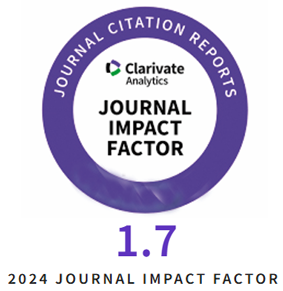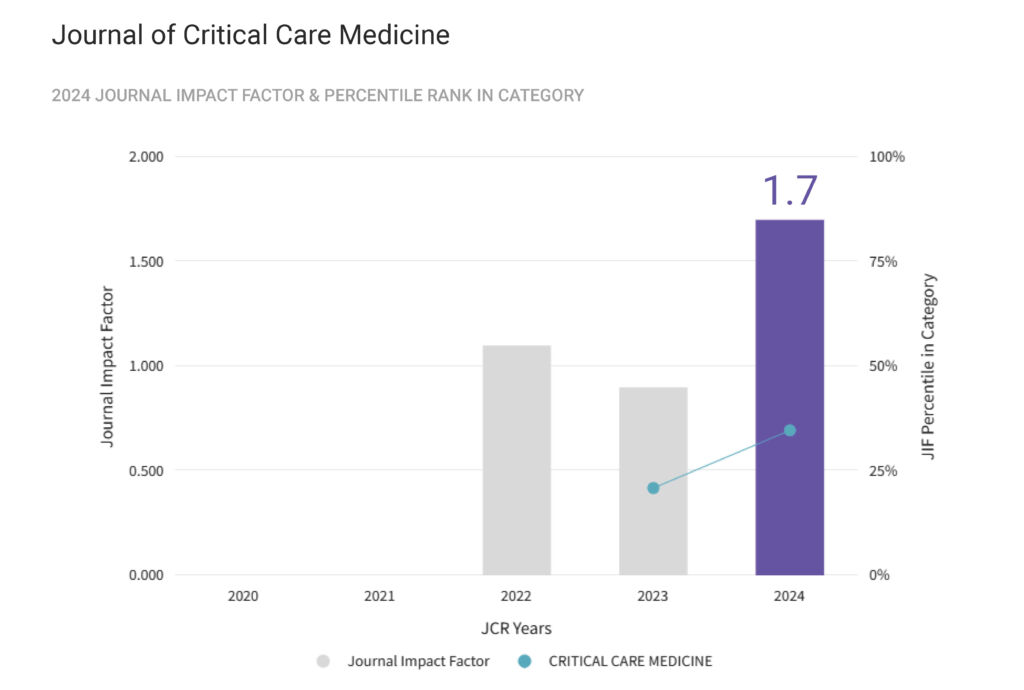Systolic anterior motion (SAM) of the mitral valve refers to the unusual movement of the anterior and sometimes the posterior mitral valve leaflets toward the left ventricular outflow tract (LVOT) during systole. This phenomenon is most frequently associated with the asymmetric septal variant of hypertrophic cardiomyopathy (HCM), but it can also occur in conditions like acute myocardial infarction, diabetes mellitus, hypertensive heart disease, after mitral valve repair, and even in asymptomatic individuals during dobutamine stress tests. We present a case of transient SAM induced by a junctional rhythm along with high doses of dobutamine and nitroglycerin in an intensive care unit (ICU) setting. Transesophageal echocardiography (TEE) played a crucial role in detecting SAM and showed that transitioning from a junctional rhythm to a ventricular paced rhythm led to an improvement in the SAM condition.
Transient systolic anterior motion in a patient with junctional rhythm in the intensive care unit
DOI: 10.2478/jccm-2025-0021
Keywords: right ventricular pacing, transesophageal echocardiography, junctional rhythm, mitral valve regurgitation, systolic anterior motion
Full text: PDF










